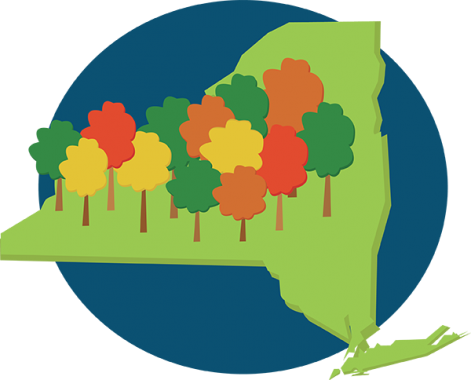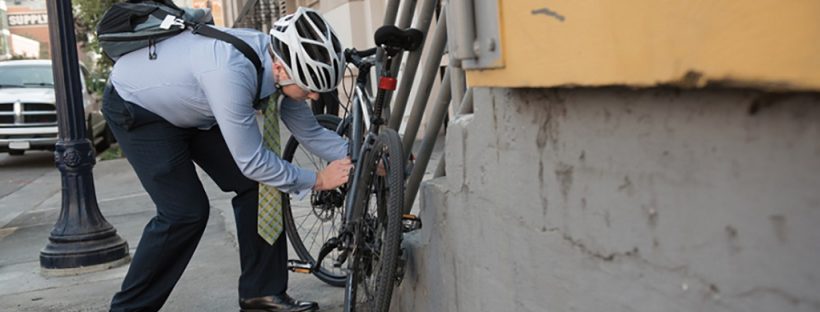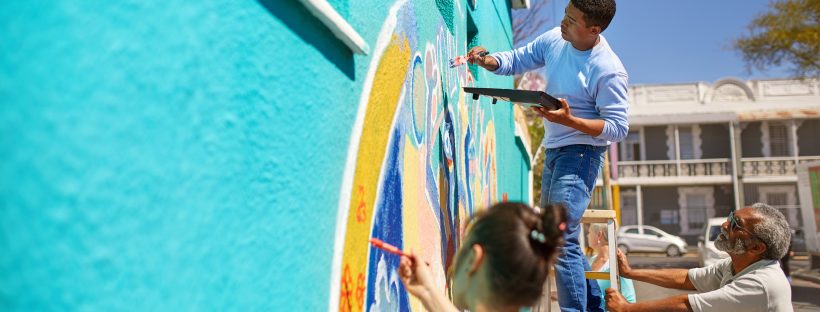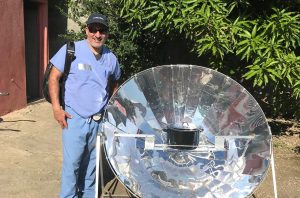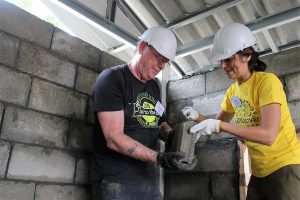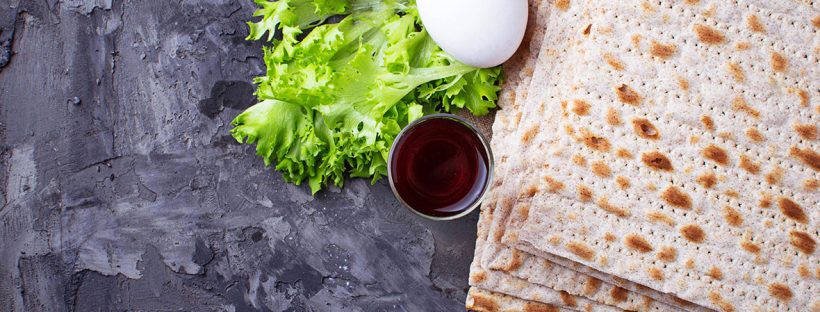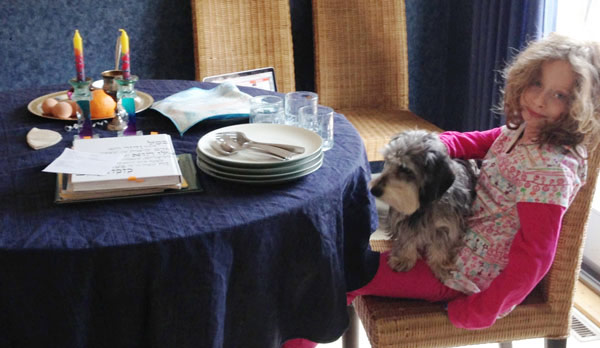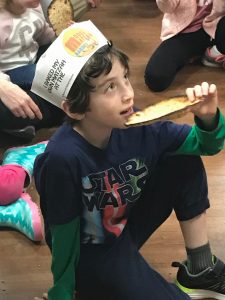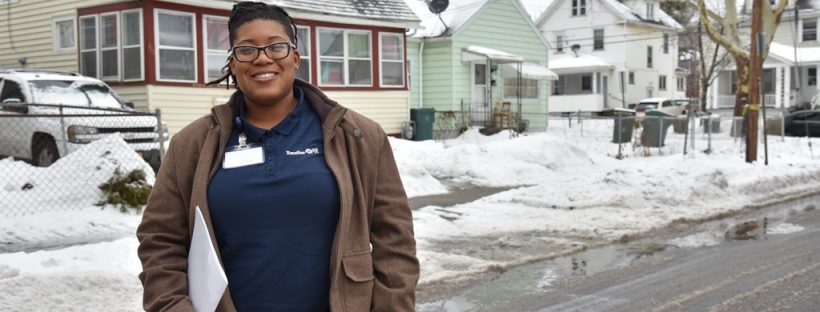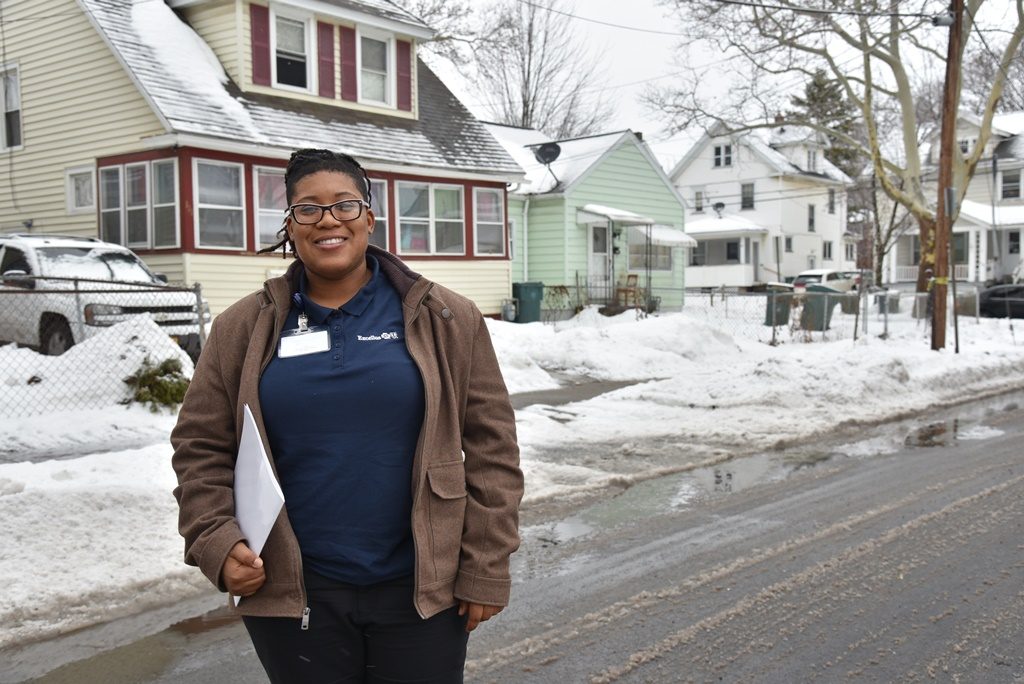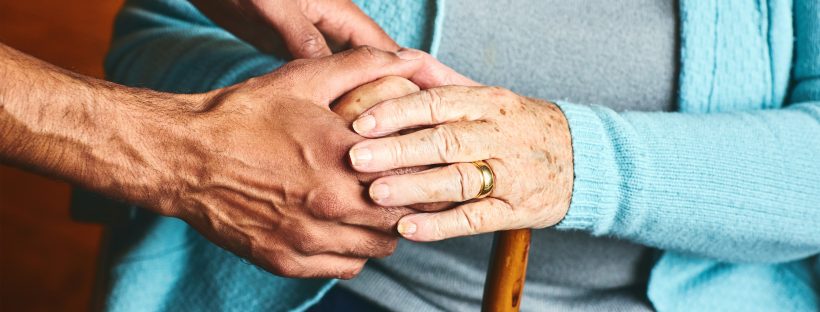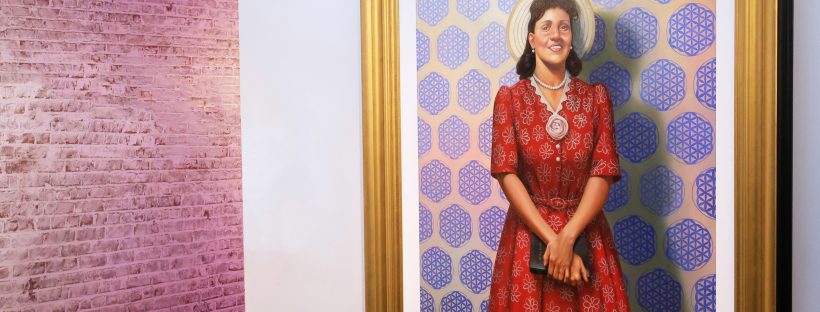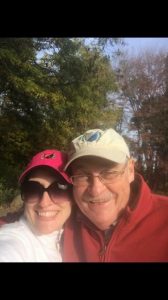Nearly 1 in 10 upstate New Yorkers has been told they have prediabetes. Pat Salzer, a Registered Dietitian and Workplace Wellness Support Coordinator with Excellus BlueCross BlueShield, is one of those people.
Why all the Fuss?
Salzer was diagnosed with prediabetes 15 years ago.
She works to manage her prediabetes by applying what she preaches as a dietitian to what she practices in her own lifestyle. She acknowledges that it’s challenging to manage her prediabetes, especially when it comes to healthy eating, sleep and stress. But, she works hard to stay consistent with healthy habits. For example, she uses her own portion containers to take home leftovers from a restaurant and she sticks to a consistent bedtime. She also enjoys physical activity with friends to help keep her active and socially connected.
Why all the fuss? Though the “pre” may lead you to believe that it isn’t serious, prediabetes is a serious disease. People with prediabetes have up to a 50 percent chance of developing type 2 diabetes over the next 5-10 years. It also increases the risk of heart disease and stroke.
90 percent don’t know they have it
Prediabetes means that your fasting blood sugar level is higher than normal but not yet high enough for you to be diagnosed with type 2 diabetes.
The rising of blood sugar levels associated with type 2 diabetes occurs when your body does not respond to the hormone insulin properly. This is known as insulin resistance. Insulin resistance leads to more glucose (sugar) in the bloodstream, raising the blood sugar levels to higher than normal. High blood sugar levels can be very damaging to your body.
While 1 in 3 U.S. adults has prediabetes, 90 percent of them don’t know they have it.
Prediabetes generally shows no signs or symptoms. Damage can be happening to your eyes and blood vessels over time even before the disease progresses to type 2 diabetes.
Know Your Risk for Prediabetes
There are many things that can put someone at risk for developing prediabetes.
Many of the risk factors for prediabetes are modifiable. That means that you can take steps to reduce your risk. You may be at risk for prediabetes if you:
- Are overweight
- Are physically active less than 3 times per week
- Eat a diet high in processed foods and sugar-sweetened beverages
- Smoke (Smoking damages the organs and cells of the body. According to the CDC, people who smoke are 30-40 percent more likely to get type 2 diabetes than people who do not smoke)
Other risk factors are not modifiable. These include having a parent or sibling with type 2 diabetes, race, and previous diagnosis of gestational diabetes.
But First, Diagnosis
The first step is to talk with your doctor about your risk. Your doctor may suggest doing a fasting blood sugar test to find out if you have prediabetes.
A fasting blood sugar test is very common. The blood sample for this test is taken after you fast overnight or for at least eight hours. The results will show if your blood sugar levels are normal or indicative of prediabetes or type 2 diabetes.
- Normal: below 100 mg/dL
- Prediabetes: 100 mg/dL to 125 mg/dL
- Type 2 diabetes: 126 mg/dL or higher
Other blood sugar tests include an A1C blood test and an oral glucose tolerance test. A conversation with your doctor will help determine the right blood test for you.
Taking Steps to Manage Prediabetes
Prediabetes is serious, but it can be managed and is even reversible. Once Salzer became aware that she was prediabetic, she could take steps to manage it.
Making healthy lifestyle modifications can help you control your blood sugar levels. Lifestyle modifications include:
- Eating a diet rich in vegetables, fruits and lean meats and avoiding foods that are high in sugar or highly processed. Salzer recommends meal planning as they key to having a healthy pantry and refrigerator.
- Incorporating physical activity into daily life. Salzer suggests making exercise a social activity by walking with friends or taking a group fitness class.
- Quitting smoking. For help with quitting, visit SmokeFree.gov
For Salzer, it’s not always easy, but she finds the joy in caring for her body. “Grocery shopping and cooking can be therapeutic and fun,” said Salzer, Her routine is to practice healthy habits most of the time, with some room for dark chocolate. “It’s all about balance,” she adds.
A free, downloadable educational poster on prediabetes is available at ExcellusBCBS.com.
